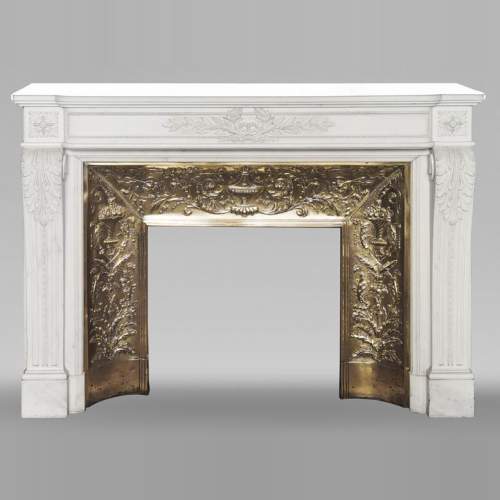Your selection is currently empty.
Here are the latest objects in our stock:
Dimensions:
Width: 151
Height: 111
Inner width: 110
Inner height: 86
Dimensions:
Width: 229
Height: 351
Dimensions:
Width: 138
Height: 241
Depth: 6
Dimensions:
Height: 265
Diameter: 100
Dimensions:
Width: 68
Height: 172
Dimensions:
Width: 145
Height: 110
Depth: 42
Inner width: 103
Inner height: 84
Dimensions:
Width: 126
Height: 106
Depth: 36
Inner width: 86
Inner height: 82
Dimensions:
Width: 109
Height: 99
Depth: 36
Inner width: 72
Inner height: 78
Dimensions:
Width: 136
Height: 108
Depth: 43
Inner width: 89
Inner height: 82
Dimensions:
Width: 50
Height: 50
Depth: 25












